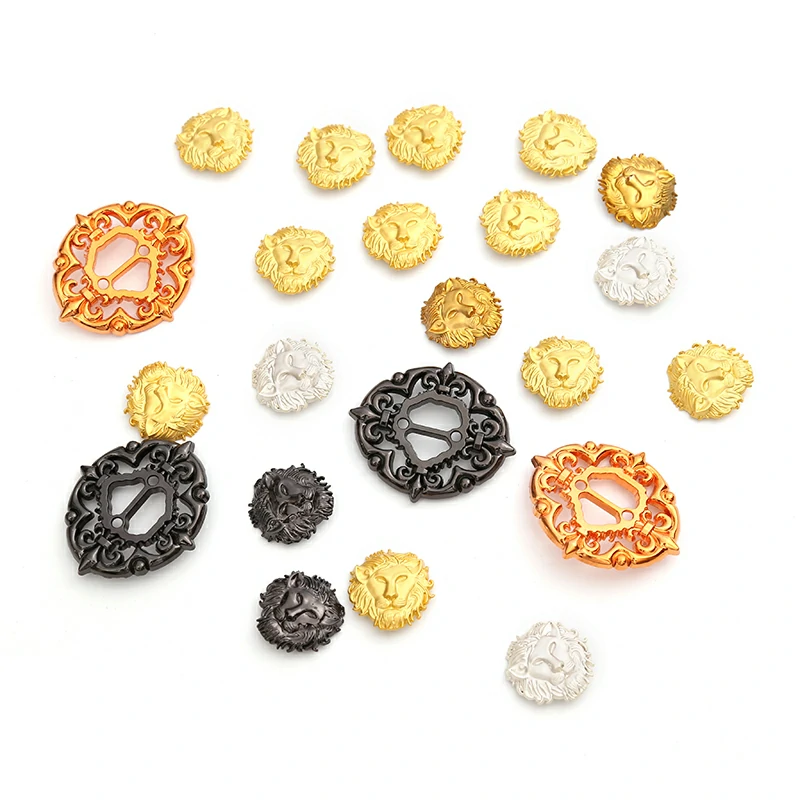Determining the durability of custom metal bag tags involves assessing several key factors related to the materials, construction, and intended use of the tags.
Here are some considerations to help evaluate the durability of custom metal bag tags:
- Material Selection: Evaluate the type of metal used for the bag tags. Common materials include stainless steel, aluminum, brass, and zinc alloy. Each metal offers different levels of durability and resistance to corrosion, scratches, and tarnishing. Stainless steel and aluminum are known for their excellent durability and resistance to rust, making them suitable choices for long-lasting bag tags.
- Thickness and Strength: Assess the thickness and strength of the metal used for the bag tags. Thicker metal tags tend to be more durable and less prone to bending, warping, or breaking under normal use. Consider the gauge or thickness of the metal material to ensure sufficient strength and durability for the intended application.
- Surface Finish: Examine the surface finish of the metal bag tags. Durable finishes such as anodizing, powder coating, or electroplating can provide added protection against scratches, abrasion, and corrosion. Choose a finish that offers both aesthetic appeal and durability to enhance the longevity of the bag tags.
- Attachment Mechanism: Evaluate the attachment mechanism used to secure the bag tags to luggage, bags, or backpacks. Ensure that the attachment method, such as a sturdy metal loop, keyring, or screw-on fastener, is durable and secure enough to withstand frequent handling, pulling, custom metal bag tags and twisting without breaking or coming loose.
- Resistance to Environmental Factors: Consider the environmental conditions to which the bag tags will be exposed. Assess the tags’ resistance to factors such as moisture, temperature fluctuations, UV exposure, and chemical exposure. Durable metal tags should be able to withstand outdoor use and travel in various weather conditions without deteriorating or losing their appearance.
- Testing and Quality Assurance: Inquire about the manufacturer’s testing procedures and quality assurance measures for the bag tags. Reputable suppliers often conduct durability tests, such as impact resistance tests, corrosion resistance tests, and colorfastness tests, to ensure that their products meet stringent quality standards and withstand the rigors of daily use.
- Customer Reviews and Feedback: Research customer reviews and feedback on the durability of custom metal bag tags from reputable suppliers or manufacturers. Real-world experiences and testimonials can provide valuable insights into the performance and longevity of the tags under different usage scenarios and conditions.
By considering these factors and conducting thorough evaluations, you can effectively determine the durability of custom metal bag tags and select high-quality tags that meet your specific requirements for strength, longevity, and performance. Investing in durable metal tags ensures that your branding or identification remains visible and intact on luggage and bags for years to come.
